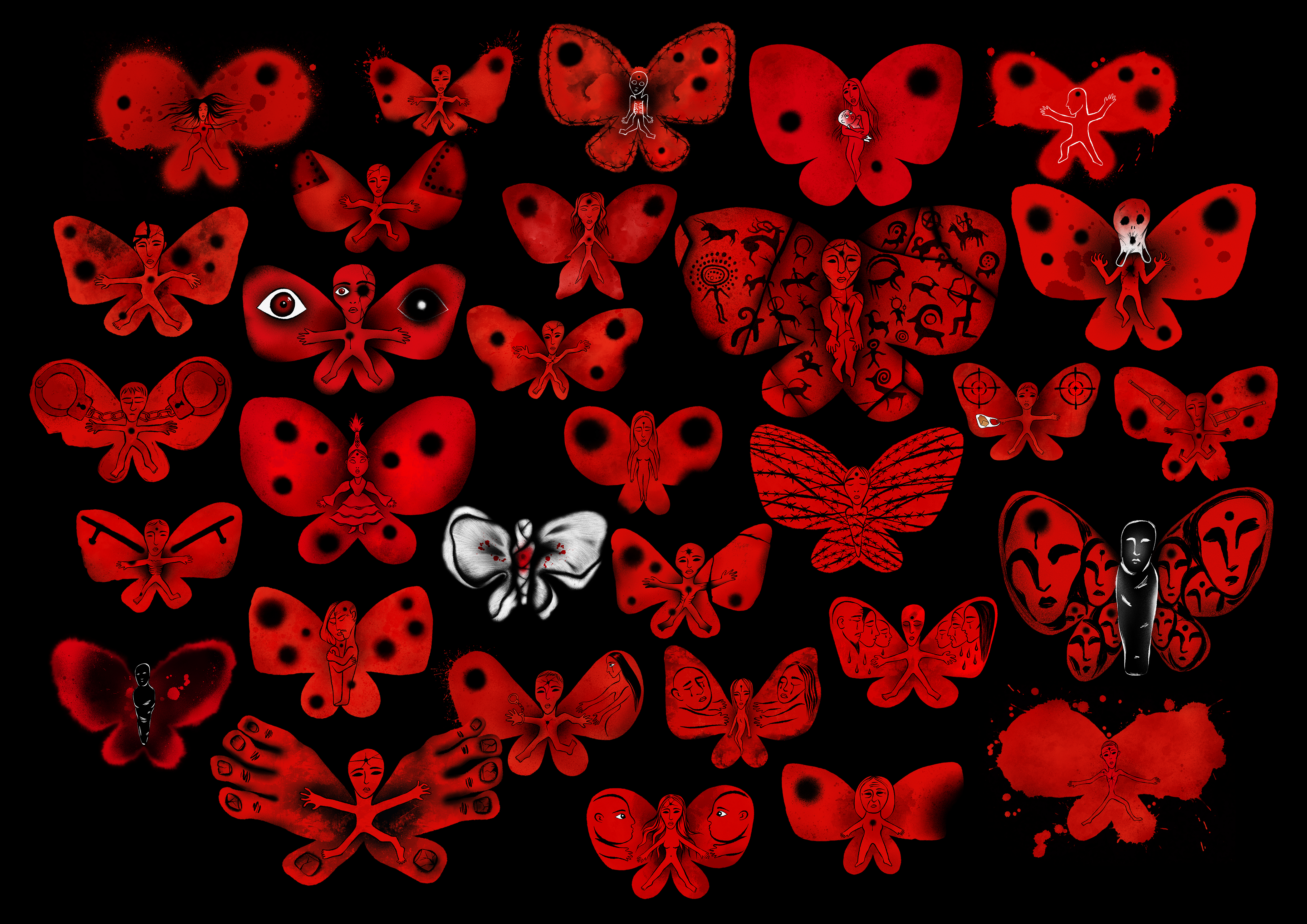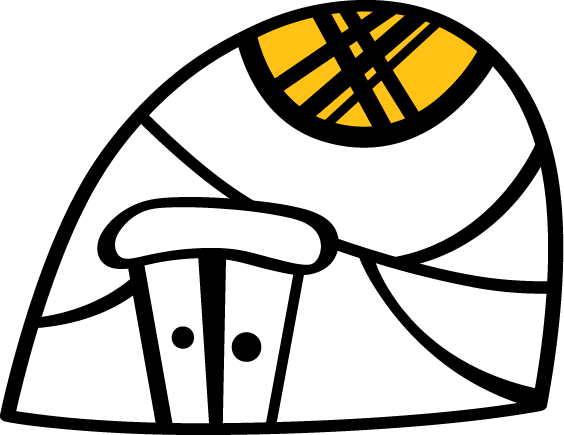
January Butterflies
January Butterflies is a series of illustrations dedicated to the victims of a massacre that happened in Kazakhstan in 2022, known as Qandy Qantar, or the Bloody January.
Qandy Qantar horrified with the extent of cruelty against the peaceful protesters and civilians who just happened to be in the wrong place at the wrong time. Those tragic events showcase how the omnipresent corruption and injustice can engulf any regular person, no matter the social class, political leanings, ethnic background or any other defining characteristic. We are all equal in the face of violence, we are merely meat and bones, that can be beaten, tortured, shot at, completely torn to pieces at the order of the authorities.
Each butterfly is depicting a specific case, instances of torture, people grieving their loved ones who they lost to painful horrific deaths and having to carry on living with the burden of injustice and immense emotional torment. Officially, there are 238 people who were murdered during this tragedy, but that number doesn’t take into account people who passed away from their injuries later on, murders that were covered up or nor properly investigated. The extent of torture during the Bloody January is incomprehensible and blood chilling. Innocent people sustained horrific injuries, many were left crippled. People were brutally beaten, burned with hot irons, had huge needles inserted under their fingernails. There are 31 butterflies in this series, a symbolic number for each day of January, although the tragic events unfolded within a few days of that month. 31 is an abstract number to commemorate all the victims of the Bloody January, as well as the victims of political repressions in Kazakhstan.
When I think of the January tragedy, I instantly think of the fragility and preciousness of the human body, its helplessness against brute force and bullets. In many cultures butterflies symbolise soul, rebirth and resurrection. I think of butterflies’ fragility and it makes me think of how our bodies are just as delicate. My series explores the human duality of the fragile body and the strong soul. The bravery of the protesters, journalists, activists and survivors who found the strength to speak out about the injustice will never be forgotten. The memory of the innocent people who met their end in that tragic January will live on.
Each butterfly is depicting a specific case, instances of torture, people grieving their loved ones who they lost to painful horrific deaths and having to carry on living with the burden of injustice and immense emotional torment. Officially, there are 238 people who were murdered during this tragedy, but that number doesn’t take into account people who passed away from their injuries later on, murders that were covered up or nor properly investigated. The extent of torture during the Bloody January is incomprehensible and blood chilling. Innocent people sustained horrific injuries, many were left crippled. People were brutally beaten, burned with hot irons, had huge needles inserted under their fingernails. There are 31 butterflies in this series, a symbolic number for each day of January, although the tragic events unfolded within a few days of that month. 31 is an abstract number to commemorate all the victims of the Bloody January, as well as the victims of political repressions in Kazakhstan.
When I think of the January tragedy, I instantly think of the fragility and preciousness of the human body, its helplessness against brute force and bullets. In many cultures butterflies symbolise soul, rebirth and resurrection. I think of butterflies’ fragility and it makes me think of how our bodies are just as delicate. My series explores the human duality of the fragile body and the strong soul. The bravery of the protesters, journalists, activists and survivors who found the strength to speak out about the injustice will never be forgotten. The memory of the innocent people who met their end in that tragic January will live on.































Specific cases of the series







January Butterflies series was originally created for a group exhibition curated by Aida Sulova for Oslo Freedom Forum 2024. The theme of the forum this year was Reclaim Democracy. The exhibition titled “Gulka” was showcased as an immersive video installation, representing the art projects of various Central Asian artists and human rights activists. The term "GULKA" refers to a barbed chamber within a temporary detention centre (SIZO), where prisoners have access to restricted movement and fresh air. More information about the exhibition and all its participants can be found at gulkacentralasia.com.
